
Tea is popular throughout Europe, and many European countries are known for their impressive tea consumption. In many of these countries, tea embodies a way of life.
Let’s take a look at some of our favorite European tea traditions so we can learn more about cultures (and teas!) from across the globe.
Sips by is the #1 rated tea club. Made by tea lovers for tea lovers, our personalized tea discovery box matches you with 4 new premium teas chosen from thousands of top-rated teas based on your unique taste preferences. Learn more about our tea of the month club.
Tea in England
Tea has been a central part of English culture for hundreds of years. Although tea was at first a pastime enjoyed by the wealthy, eventually the lower classes were able to enjoy it as well.
At first, British tea was highly expensive due to monopolies and import costs. High prices meant that the British elite saved tea specifically for special occasions and social gatherings, which is how the British afternoon tea was born.
In the 1880s, British afternoon tea was traditionally a highly classy social event. Women dressed in full finery to attend these midafternoon teas, which were served around four o’clock.
The British women not only drank tea during these events, but they also ate miniature sandwiches, scones, and special tea biscuits which were developed just for dunking into tea. These teatimes were wildly popular and continue to be part of English culture today.
English afternoon tea today is much less grandiose and has evolved into a rustic, everyday part of life. A modern afternoon tea is likely to take the form of a mug of tea and a sweet treat.
One thing that has remained the same is how the English take their tea. Even today, the English often drink tea with milk and sugar. Some cafes even serve tea with traditional jam and clotted cream.
-
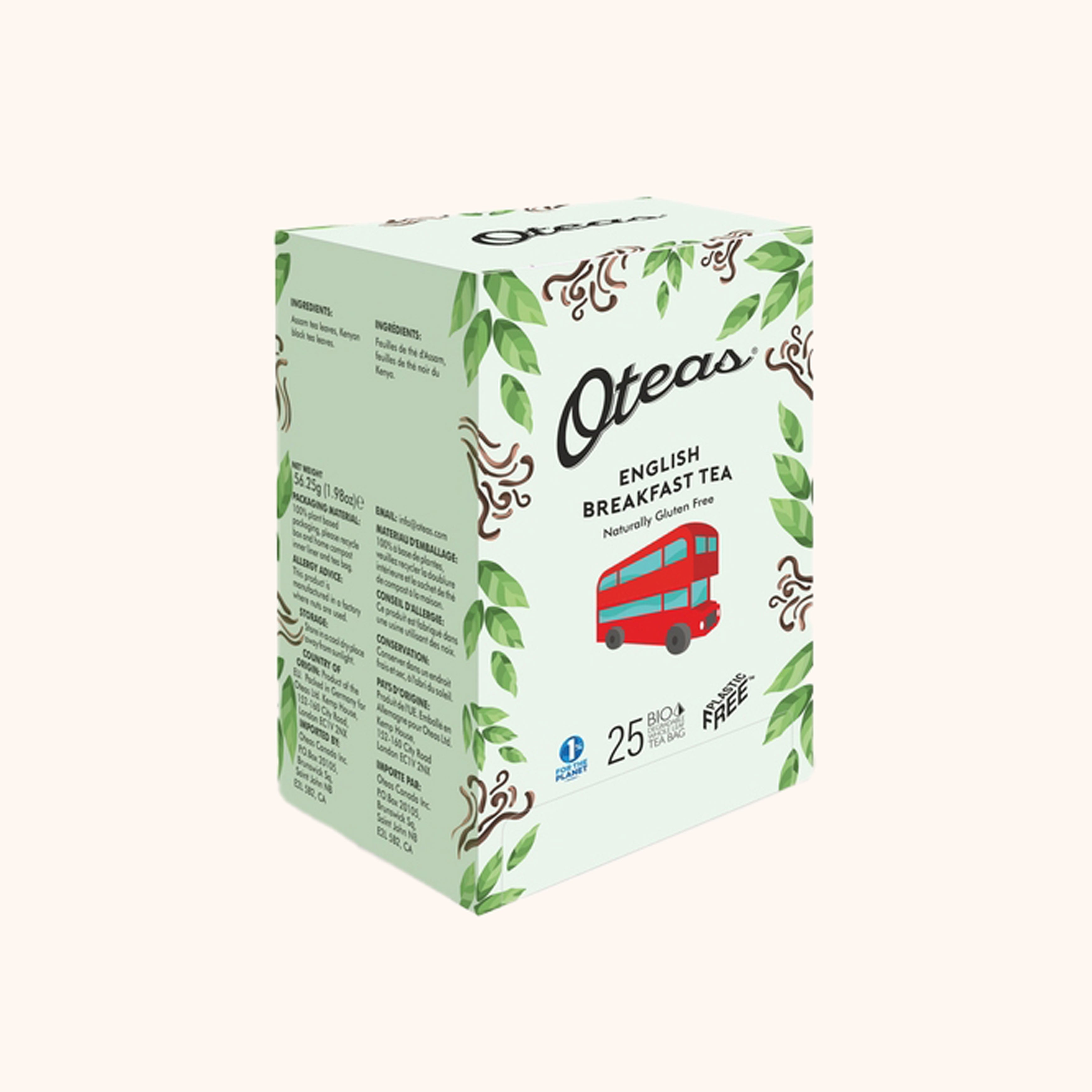 Sold out
Sold out -
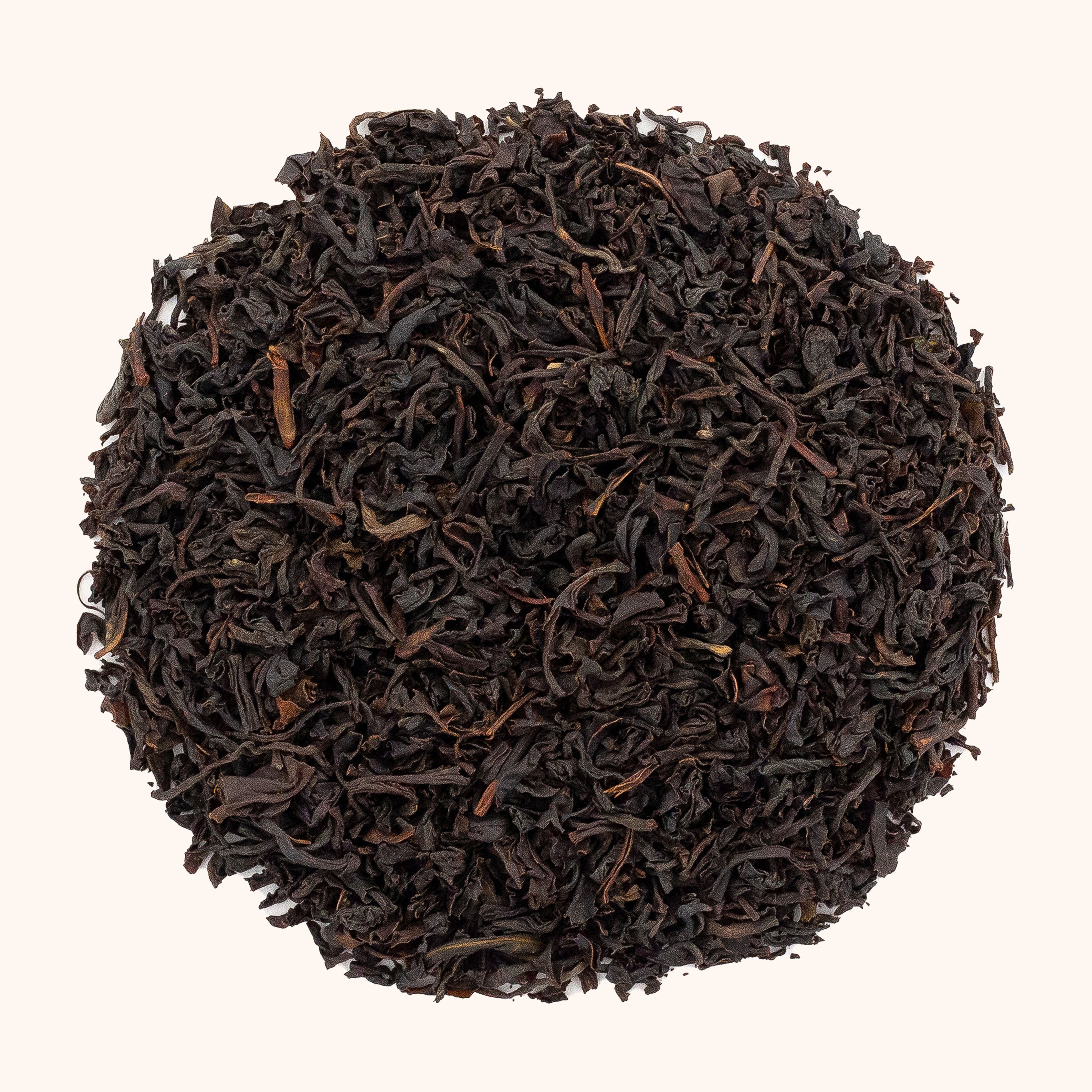 Sold out
Sold out -
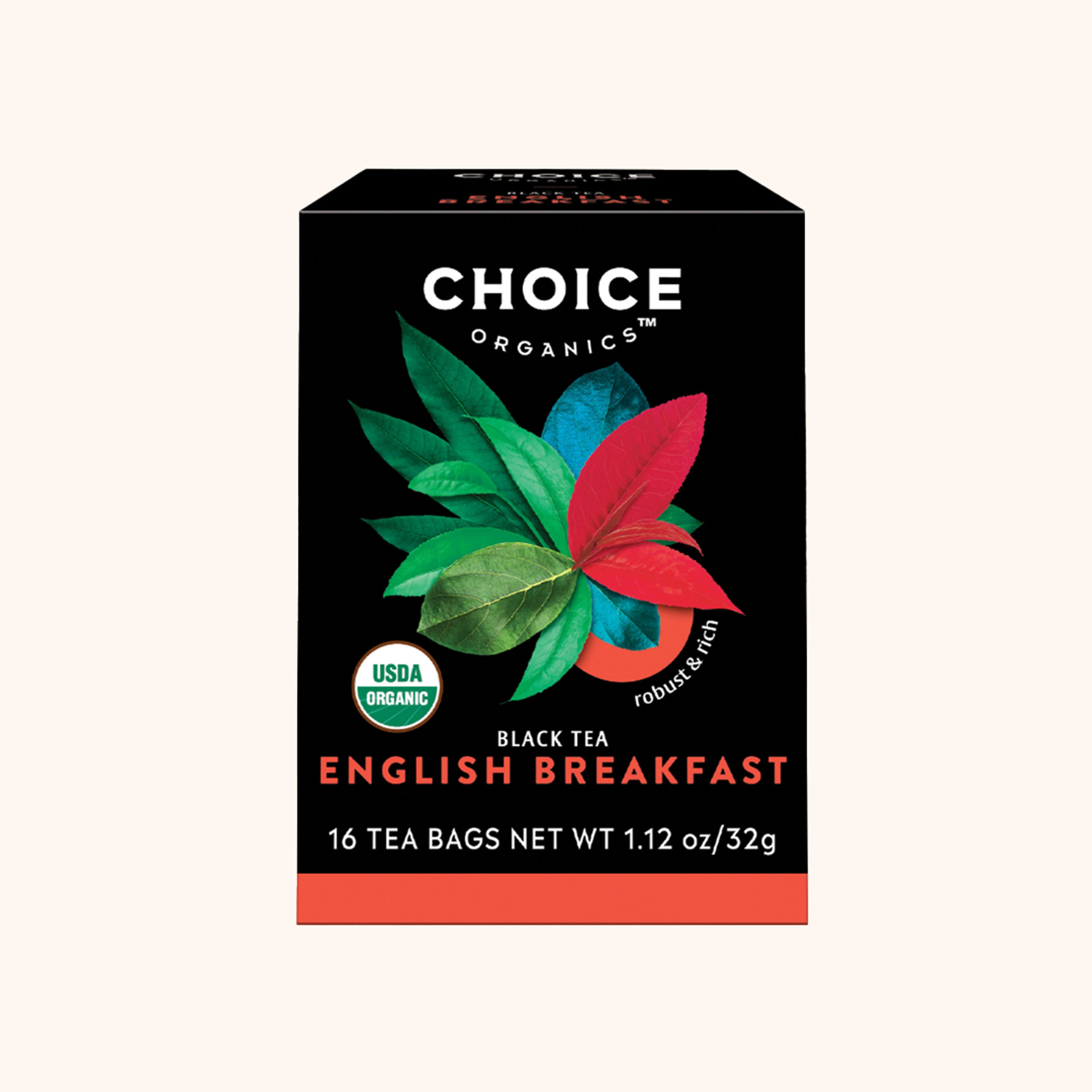 Sold out
Sold out
Tea in Ireland
Irish tea culture begins in Britain. In the early nineteenth century, Britain introduced Ireland to black tea. Similar to English tea history, the high tea prices meant that only the upper-class Irish could enjoy this popular drink.
Because tea was such a precious commodity in Britain at the time, the British only passed along the strongest and harshest teas that they deemed unfit for consumption. As a result, the Irish developed a taste for incredibly rich and strong teas.
One of our beloved Irish teas is Stash Super Irish Breakfast. This breakfast tea blend contains extra Assam black tea for a robust morning treat.
Irish tea-drinkers became accustomed to using cream and sugar to adjust the taste of their tea, and many continue the practice to this day. Even once the Irish had access to smoother teas, many Irish citizens continued to brew them strongly.
Once India started producing tea in the late nineteenth century, the Irish began buying directly from India to avoid the harsher teas sent over from the British. Today, strong black tea from the Assam region of India is still a critical ingredient in any Irish Breakfast tea.
Irish tea culture is one of hospitality. The Irish offer tea to every guest, both expected and unexpected. The Irish also typically brew full teapots instead of individual cups, just in case anyone else wants a cuppa.
To brew a single cup of tea without asking if anyone else would like a cup is actually offensive in Irish culture, and many hosts in Ireland keep tea constantly stocked in case of company.
-
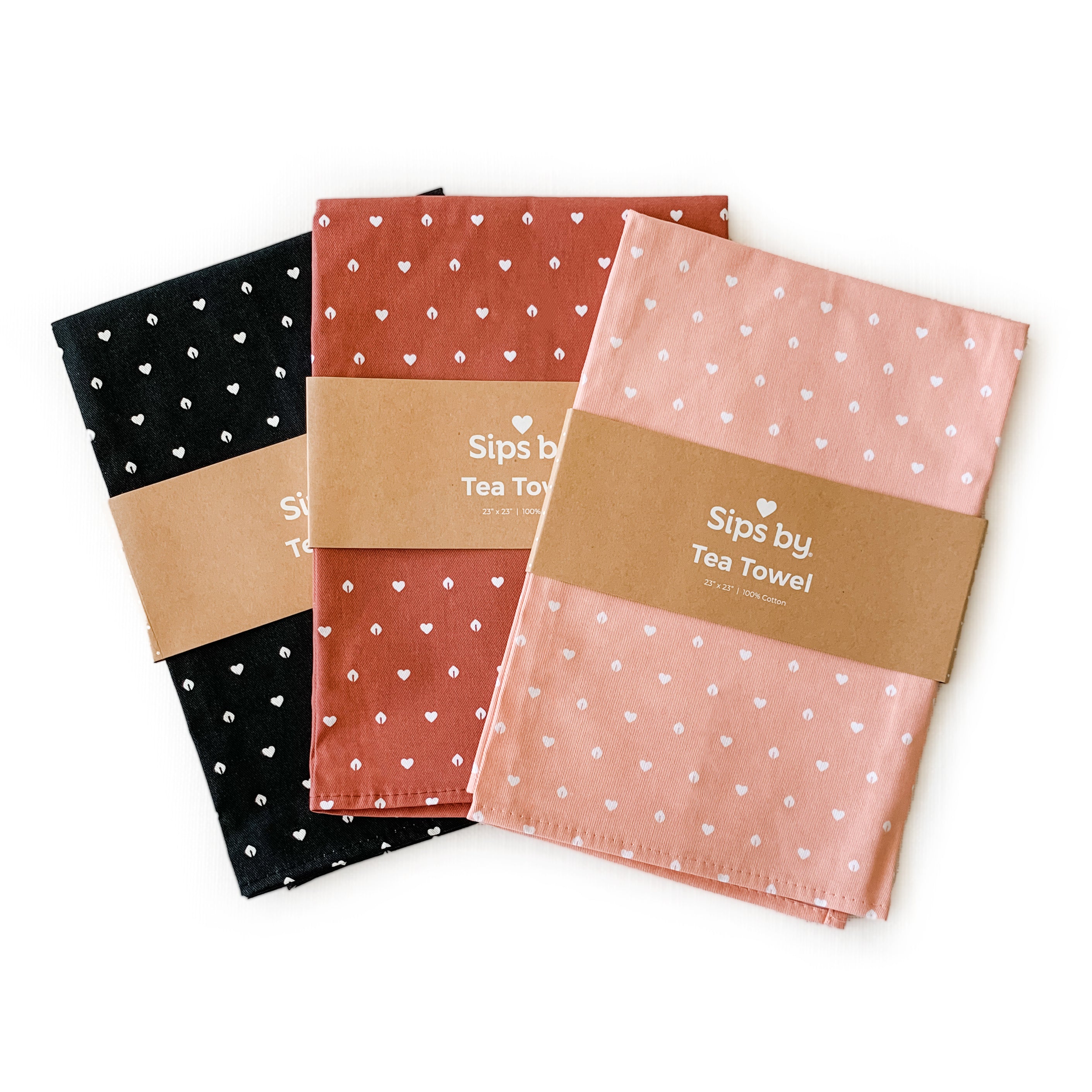 Sold out
Sold out -
 Sold out
Sold out -
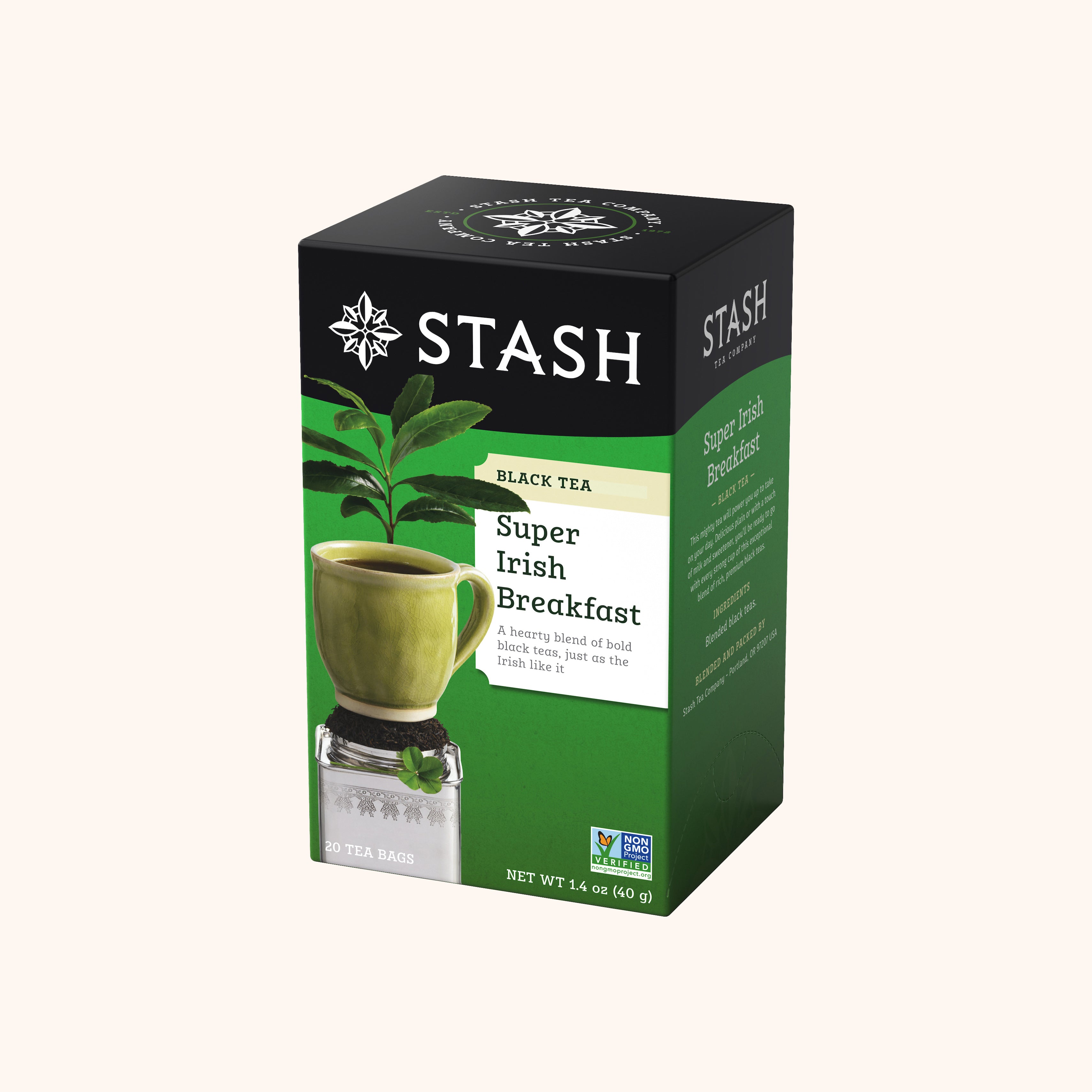 Sold out
Sold out
Tea in Russia
Russia has a thriving tea culture now, but it wasn’t always that way. At the beginning of their tea history, the Russians turned up their noses at this delicious drink.
Russian diplomats and elites were first exposed to tea during travels to China, where they were invited to partake in Chinese tea ceremonies. The Russians typically declined these ceremonies and seemed to have a distrust of tea.
Around the time the Romanovs took power in the early seventeenth century, court medics began to promote tea as a medicinal drink. Although some chose to drink tea recreationally, tea didn’t become fashionable until the eighteenth century.
Around 1700, new English and Dutch tea-making technology entered Russia. Russia re-engineered these technologies to create the samovar, a tea-making device that the Russians still use today.
The main part of a samovar is a large reservoir that contains the water for the tea. This reservoir has a small spigot for the water to come out and is heated by a small fire that lies underneath. Russian tradition stipulates that the water should remain hot but never fully come to a boil.
On the top of the samovar lies a teapot that contains ultra-concentrated tea. The heat from the water reservoir keeps the tea wonderfully warm, and these samovars can stay hot for hours on end.
The Russians make their tea by pouring a small amount of concentrated tea into their teacup, then combining that tea with hot water until the tea is to their taste. This way, everyone gets a cup of tea they can enjoy!
Tea in Germany
Germany is known for their beer, but the country itself actually consumes far much more coffee. Despite this, the country has a deeply robust tea tradition that some Germans still practice today.
Tea first arrived in the small German region of East Frisia in the seventeenth century. However, tea didn’t really gain popularity until the nineteenth century due to its high price tag.
Now, tea is ingrained in East Frisian culture. The East Frisians even have their own tea-making ceremony.
First, the East Frisians rinse out their teapot with hot water to warm up the teapot. With the teapot still warm, the host or hostess steeps some Assam black tea.
Once the tea is ready, guests place a piece of rock sugar (or Kluntje, as it’s known locally) in the bottom of their teacups. They then pour their black tea over the sugar.
East Frisian guests grace the top of their tea with a dollop of whipping cream. The technique they use to drop in the cream creates a striking swirl of cream that sits on top of the tea. This swirl is called Wilkje or “little cloud.”
Interestingly, the guests don’t traditionally stir their tea. When sipped, this tasty concoction starts off creamy, turns a little bitter, and ultimately ends sweet.
If you’d like to make this German tea for yourself, we recommend using Olltco Organic Assam Black Tea. This organic Assam is rich and strong, and it’s wonderfully suited to a slow morning in a comfy chair.
-
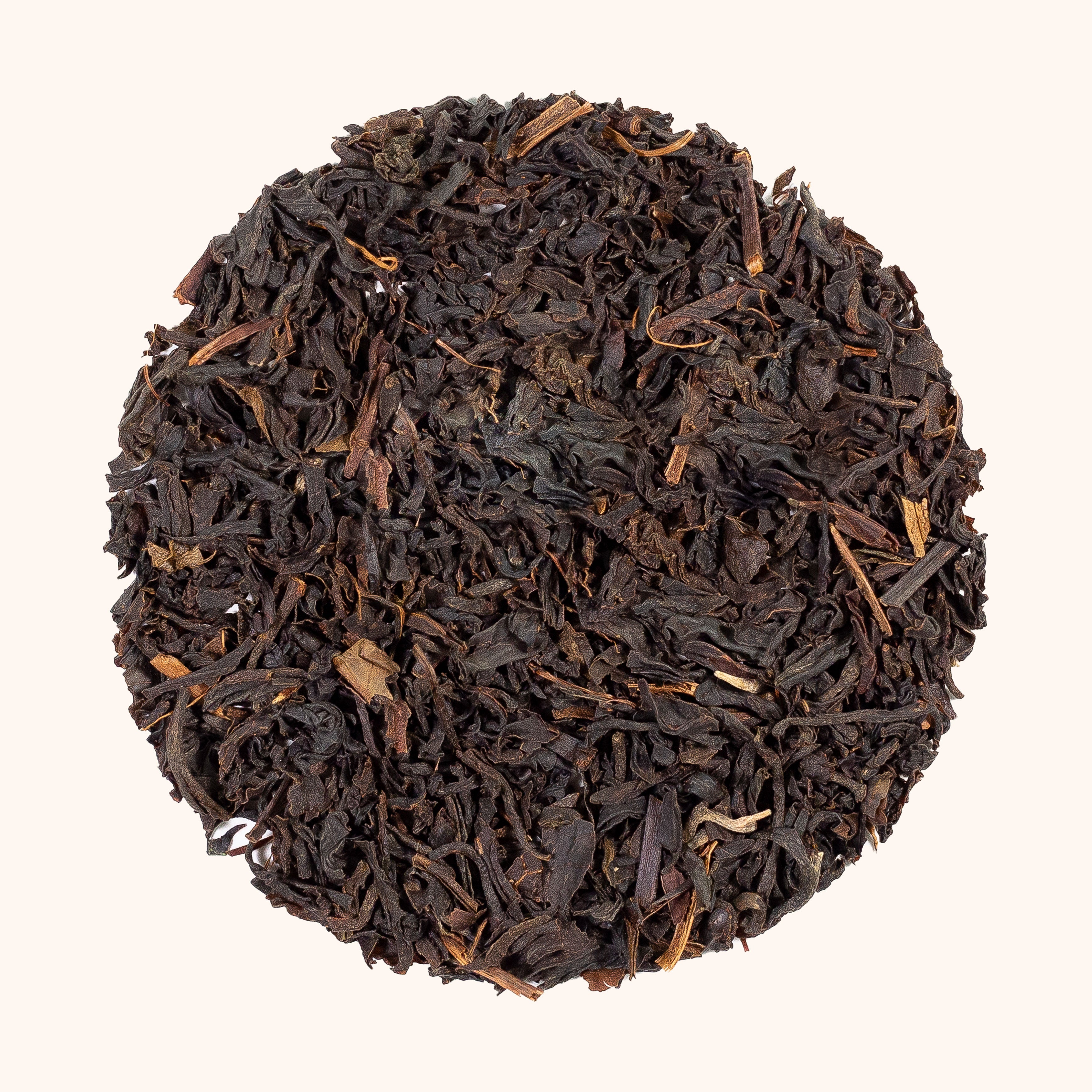 Sold out
Sold out -
 Sold out
Sold out -
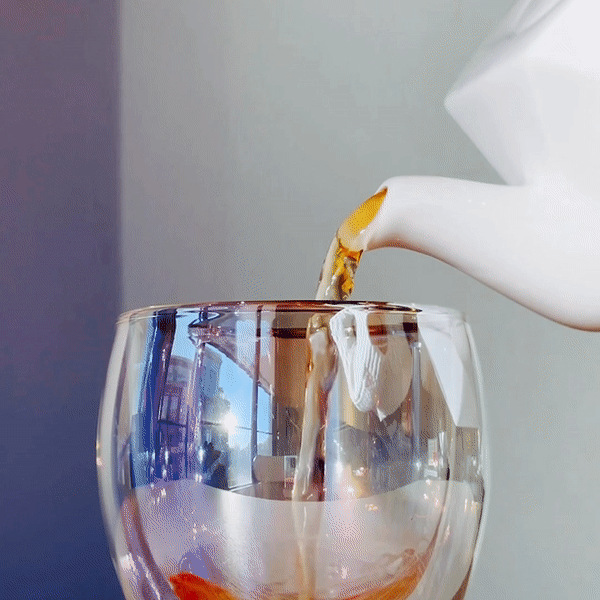 Sold out
Sold out
Tea in France
French tea history is basically the inverted version of British tea history. Ultimately, this history has created a less-than-thriving tea culture in France.
Similar to Britain, tea was initially kept among the royalty and the elite due to its price. Those who were able to afford tea drank it constantly. However, the royals kept tea for themselves, rather than allowing it to trickle down.
When the French Revolution began brewing, French citizens looked down on tea drinking as a frivolous and indulgent practice. Once the French overthrew the upper class, tea wasn’t as popular with the new elite.
The French lost their taste for tea, but over time they started to bring it back. Now, there are a few tea houses gracing the streets of French marketplaces, and even some patisseries that sell tea along with their intricate desserts.
As France regained their love of tea in the late twentieth century, it made a choice to deviate from the norm. Rather than drink the strong black teas favored by the British, the French gravitated towards more delicate tea flavors. Now, those innovative teas can be enjoyed all over the world.
One of our favorite French teas is Chez Lulu Tarte Aux Fraises. This herbal blend is light, floral, and tastes like everything we love about France.
-
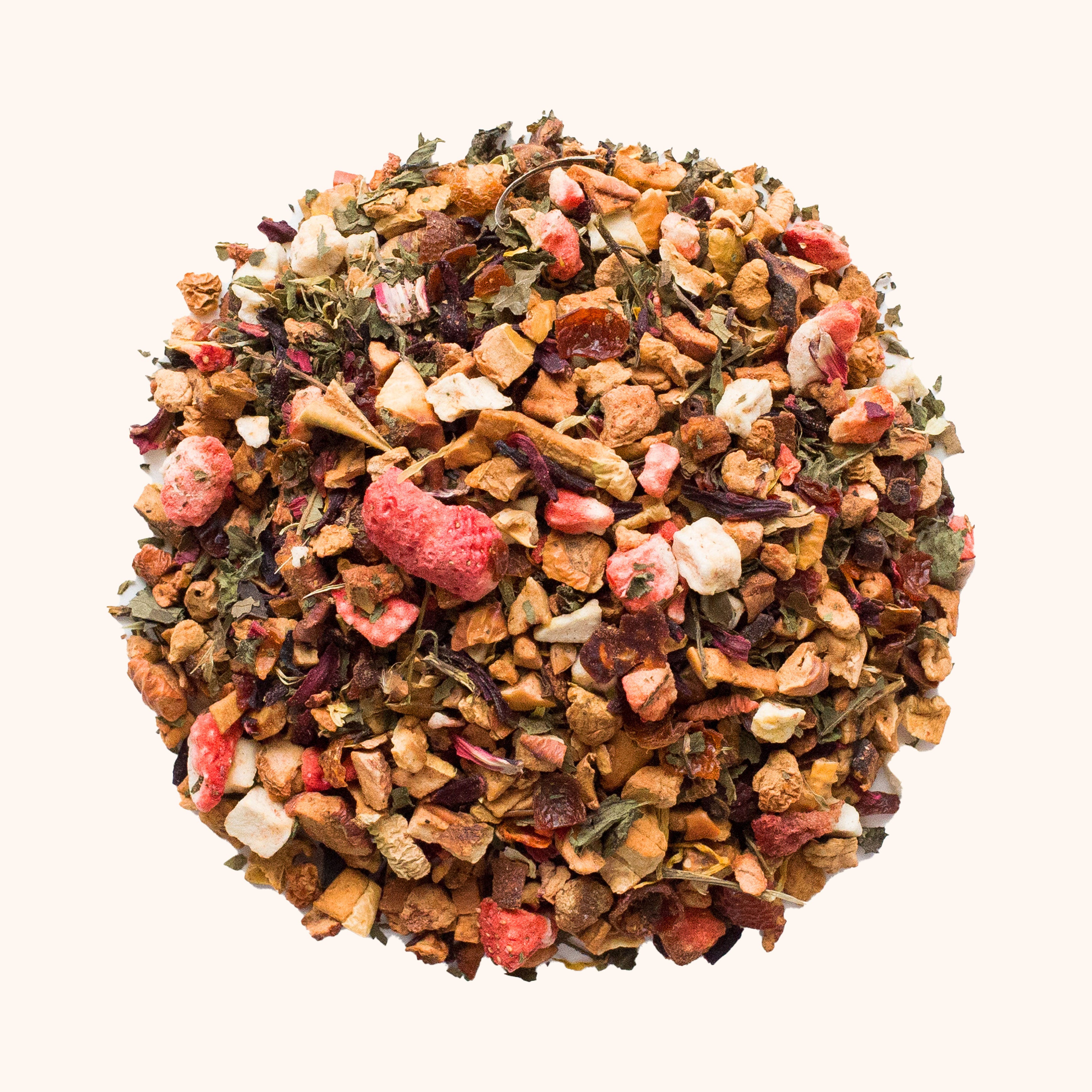 Sold out
Sold out -
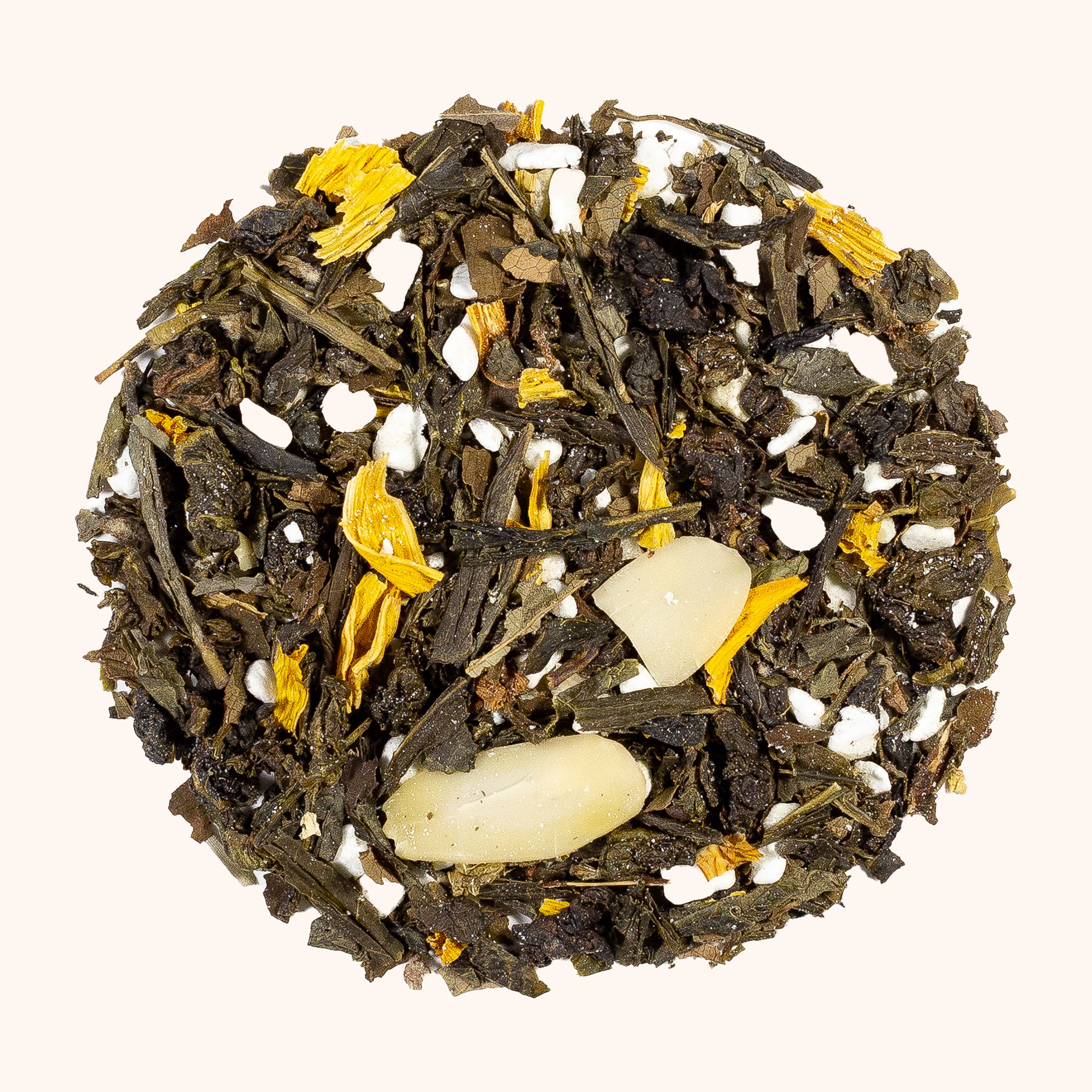 Sold out
Sold out -
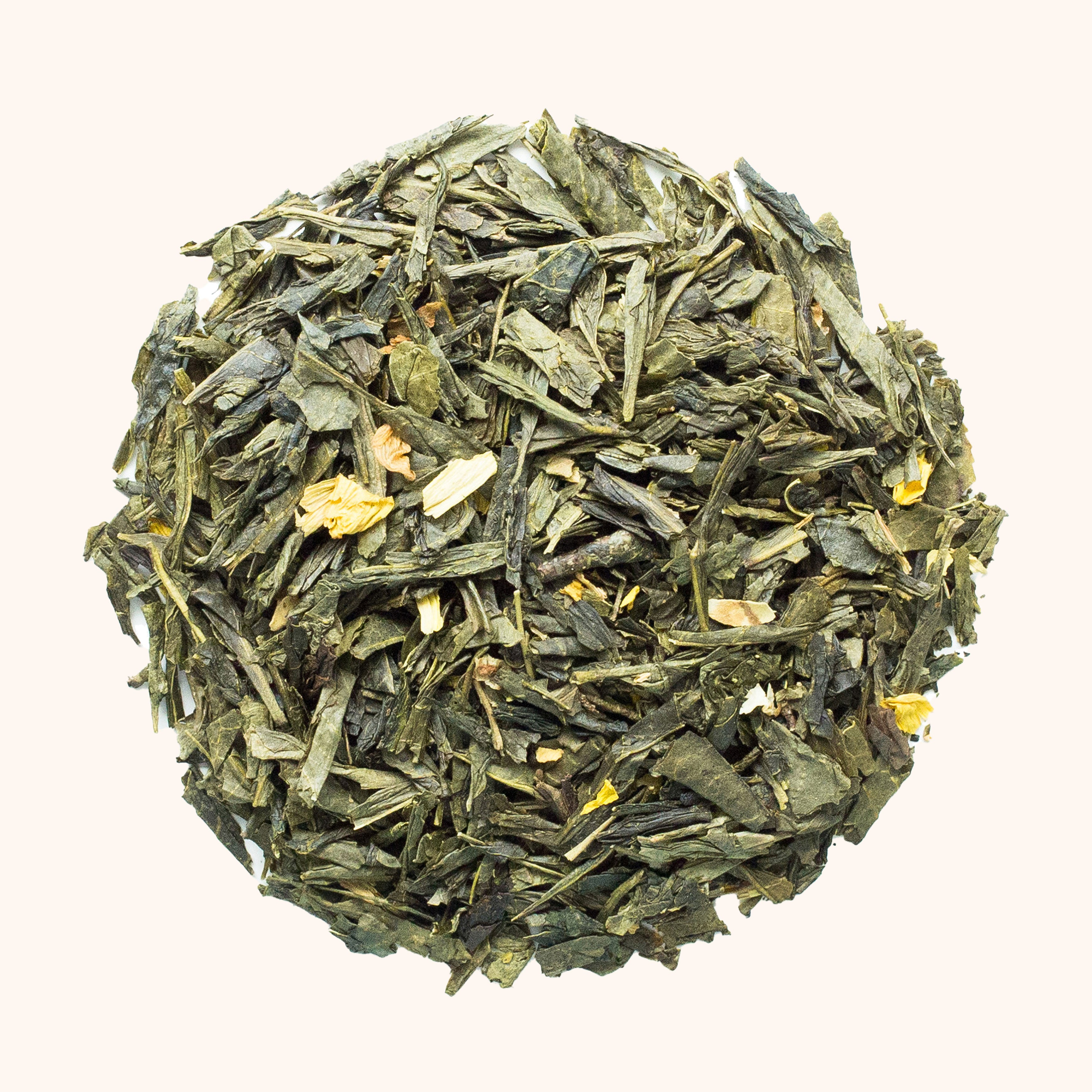 Sold out
Sold out
Tea in Sweden
Sometimes, it’s important to take a tea break during a busy day. Swedish people understand this, and the country has established a daily routine that involves a few relaxing breaks a day.
These breaks are called Fika, a term which is derived from the slang word for coffee. Fika typically involves drinking coffee, but some drink tea instead. Fika breaks typically occur in the mornings and afternoons, and many Swedish workplaces actually require employees to take daily Fika breaks.
Fika typically includes not only a hot beverage but also a sweet pastry. Often, this pastry is Fikabrod, which is essentially a cinnamon roll. These breaks are often treated as social gatherings. Fika has evolved to not just describe a coffee break, but a concept and a way of life
Final Thoughts
Tea is a delicious drink, but it represents so much more than that. In many European cultures, tea provides an opportunity for loved ones to gather together. In some cases, tea is even an essential part of daily hospitality.
Whatever the case, we humans sure love our tea. If you want to discover your new favorite tea, check out our monthly tea subscription. Simply take a quick quiz, and get ready to enjoy a whole new world of tea. You can even try some of these European tea traditions!
Sources:
The History of Afternoon Tea - A Great British tradition | Historic UK
Irish Tea Culture- Warming Hands And Hearts | Enjoy Irish Culture
Tea Time in Romanov Russia: A Cultural History, 1616-1917 | Carolina Digital Repository
Ah, the French and Their Tea | The Daily Tea
Interested in trying these teas and others? Subscribers receive 4 teas chosen just for them in every box. Learn more about our tea subscription box or explore the loose leaf tea shop.
About Sips by: We’re a female-founded and led startup that makes discovering tea fun, personalized, and affordable. The Sips by Box is the only multi-brand, personalized tea subscription box. Each month, we match tea drinkers across the U.S. with delicious teas from over 150 global tea brands that we’re sure they’ll love. Based out of Austin, Texas, we are adept at savoring a hot mug even when it’s seasonally inappropriate.














